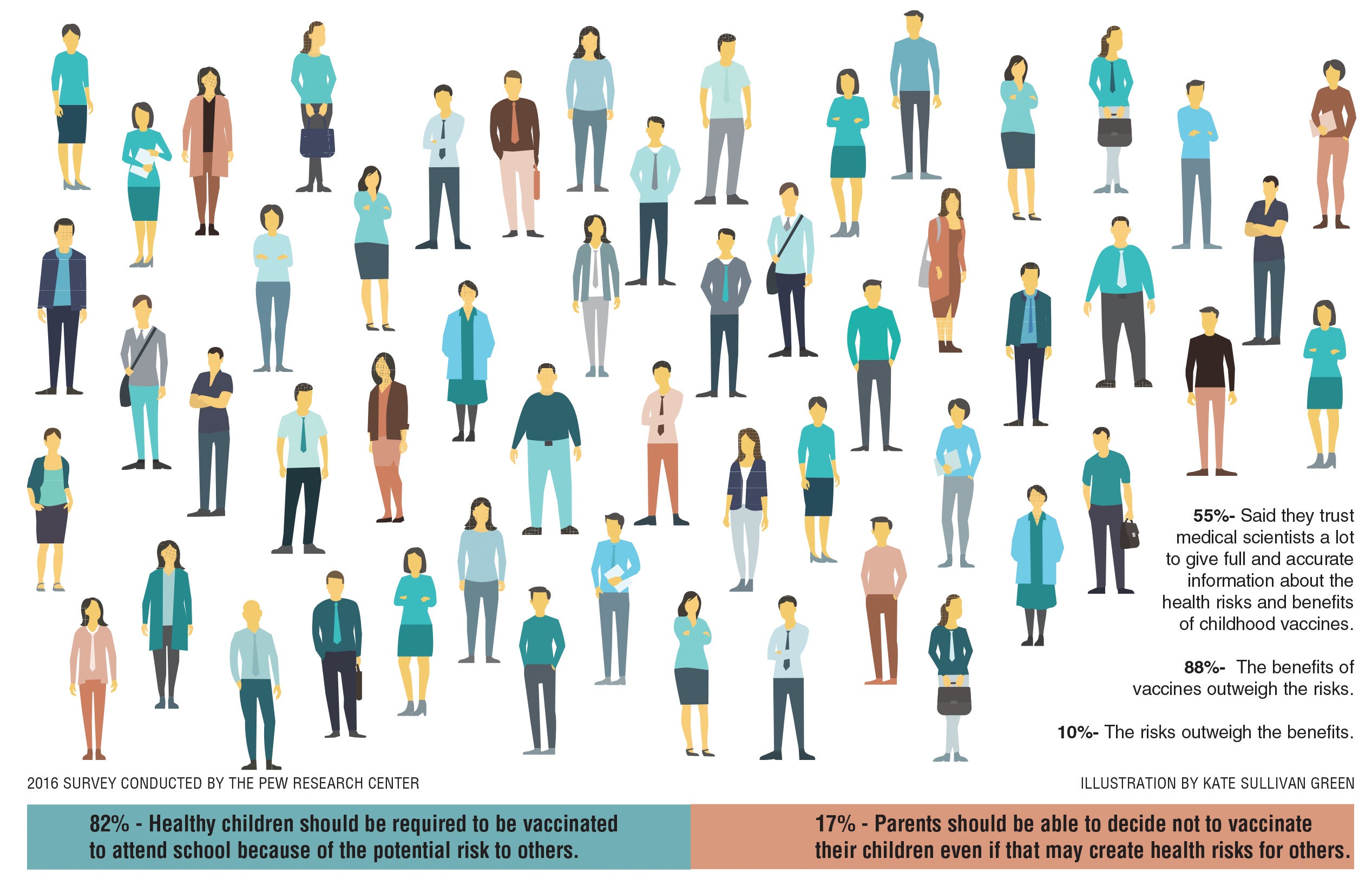What you need to know about vaccines
Published 4:40 pm Friday, April 19, 2019

- According to a 2016 survey by the Pew Research Center, 82 percent of people surveyed said healthy children should be required to be vaccinated to attend school because of the potential risk to others, while 17 percent said parents should be able to decide not to vaccinate their children even if that may create health risks for others.
To vaccinate or not to vaccinate? This has been a hot topic debated by many for years.
Before making the decision not to vaccinate a child, Alabama Department of Public Health’s Immunization Director Cindy Lesinger said it’s important for parents and the general public to get the facts.
In short, vaccines work by training the immune system to recognize and combat pathogens. By taking some components of a pathogen and modifying it to mimic the disease, it sparks immune response and helps the body fight off and remember the germ so it can attack it if the germ ever invades again.
Lesinger said it generally takes about two weeks for a vaccine to be effective. According to Lesinger, in a person’s lifetime, they should have a minimum of 30 types of vaccines. This doesn’t account for the ones that have to be administered again as a person gets older.
“Some vaccines you will have to get periodically and other are annual, like the flu vaccine,” she said.
But, like all medical procedures, medicines and prescriptions, there are risks involved with vaccines. When vaccines are administered, Lesinger said the patient, or their parent, will receive a sheet that describes possible reactions and side effects of the vaccine, from minor to serious problems.
Common vaccine-related side effects include pain, swelling and redness at the injection site, low-grade fever, fatigue, headache and muscle and joint pain.
Lesinger said the sheet lets the person know what actions to take depending on the severity of the reaction. She said vaccine injuries are rare. The term refers to health problems that may develop after a person has gotten a vaccine.
The Center for Disease Control and Prevention’s Vaccine Adverse Event Reporting System is a database for reporting and following up on vaccine injuries. In Alabama, Lesinger said 2.8 million doses of vaccines were registered and none had a report of an error in administering or an adverse event.
“With vaccines, we have been able to eliminate horrendous childhood illnesses,” she said.
But vaccines don’t just protect the person who received it. It also protects those who have certain medical conditions and are not allowed to receive vaccines. It’s called herd immunity.
“We need 90 percent of people to be vaccinated in a community to protect the people who are truly not able to get vaccinated,” she said. “By being vaccinated, you’re protecting them from getting sick.”
Ninety percent vaccination is obtainable, she said. Most kids are up-to-date on their vaccines. It’s the adolescent age range that’s lagging behind.
“Only 20 percent of adolescents are getting the recommended vaccines,” she said. “There is a huge gap and we’re working with the State Department of Education, school systems and medical providers to try to close the gap.”
Lesinger said it has proved to be very difficult to move the needle when it comes to adolescent vaccinations.
Nevertheless, she said vaccines have saved countless lives and continues to be the No. 1 public health measure for preserving life.
“Because of its success, you see a reduced number of cases that we would see hundreds of thousands of in past years,” she said. “Vaccines work. They are safe and have been tested more than any other medicine on the market. With that being said, they are not without risk. No medicine is.”









